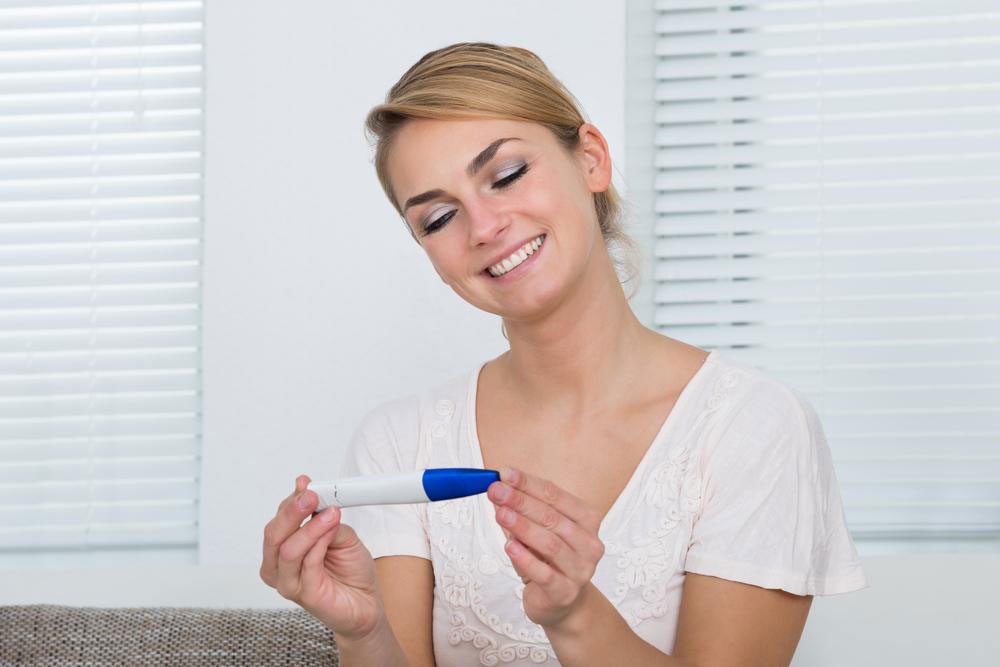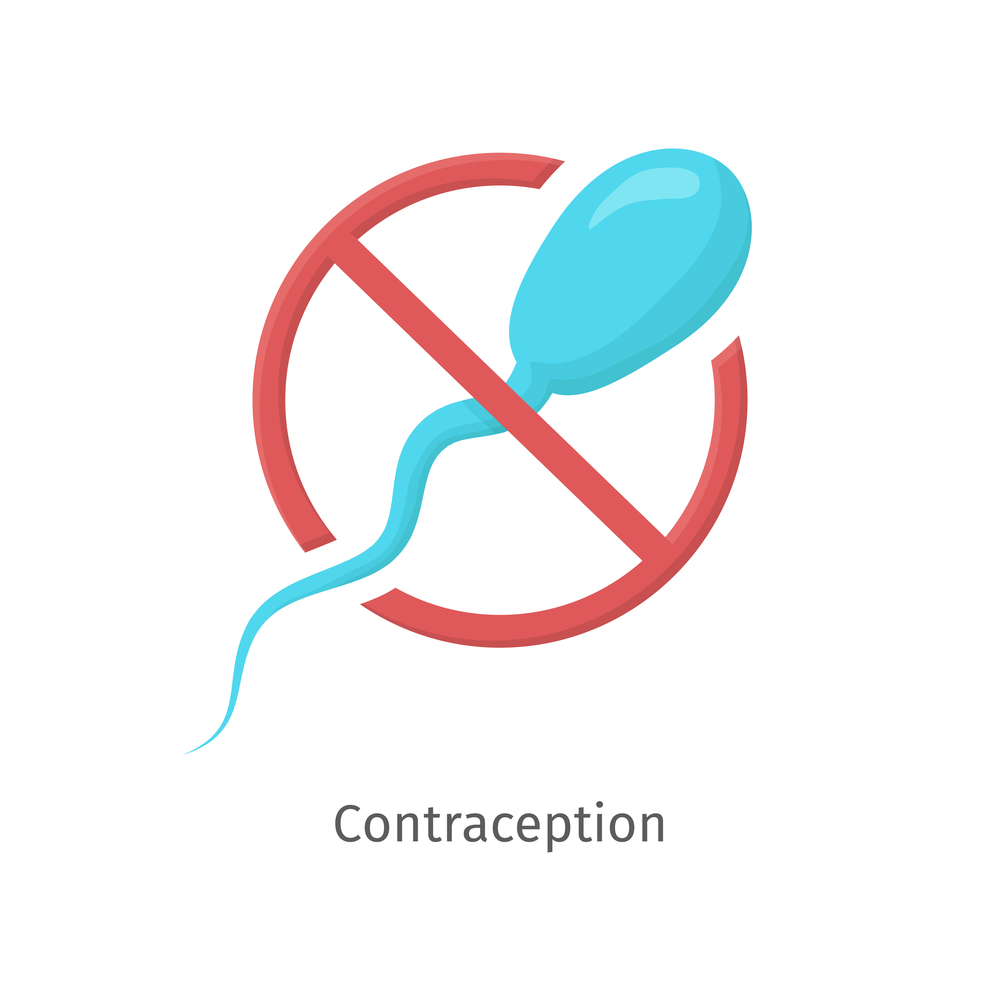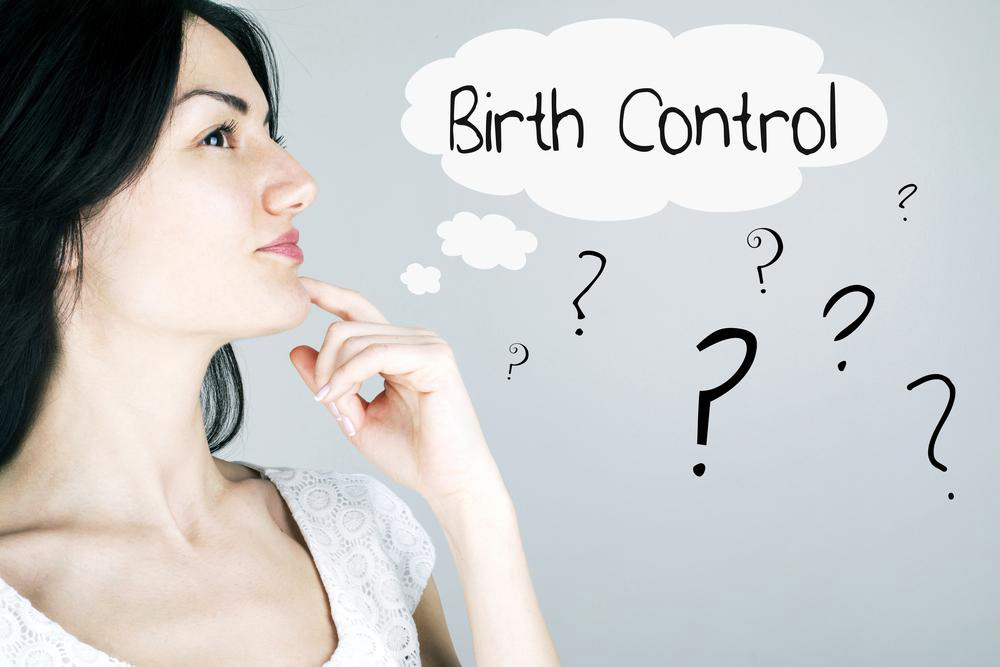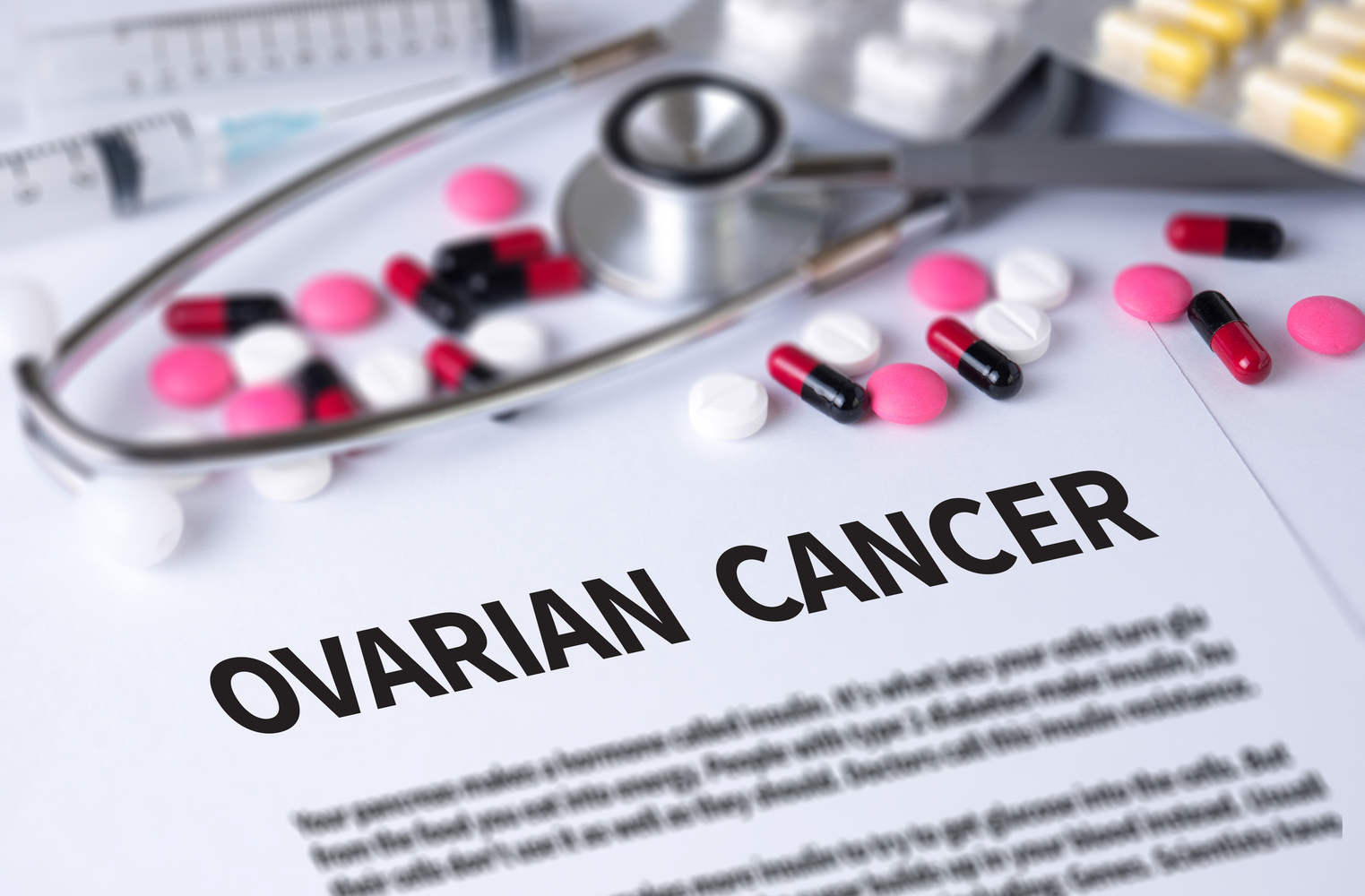Optimal Timing for Pregnancy: What You Need to Know
Discover the essential details about the best timing for conception, including understanding the menstrual cycle, ovulation period, and how to optimize your chances of pregnancy. This guide offers practical tips based on scientific insights, helping prospective parents plan effectively. Regular intercourse during the fertile window and awareness of ovulation can significantly enhance the likelihood of conception. Stay informed with expert advice to navigate your pregnancy journey confidently.
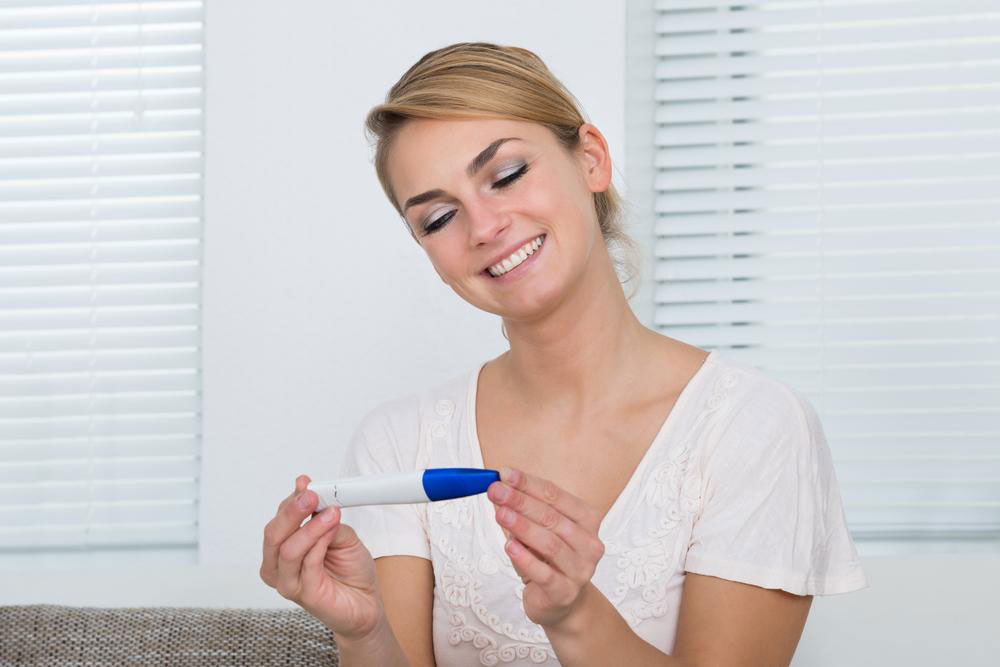
Optimal Timing for Pregnancy: What You Need to Know
Conception occurs when a man's sperm fertilizes a woman's egg, leading to implantation in the uterus. While some women get pregnant quickly, others may need more time. Generally, about 80% of couples conceive within a year of trying, according to gynecology studies.
Understanding the female menstrual cycle is crucial before planning pregnancy.
The cycle starts on the first day of menstruation, which lasts about 2 to 5 days, though it can be longer for some women.
After your period ends, ovulation begins, releasing eggs from the ovaries. This process typically occurs around 12-14 days before the next period. If you’re trying to conceive, the key window is during this period.
The best time to conceive
Women are most fertile within a day or two following ovulation when intercourse occurs. Ovulation lasts approximately 14 days in a standard 28-day cycle, starting after the first day of menstruation.
Assuming a 28-day cycle, remember that an egg only survives 24-48 hours after release. Therefore, engaging in regular intercourse during this fertile window increases your chances of conception. Fertilization occurs in the fallopian tubes, where sperm can live up to 7 days. Since predicting the exact day of ovulation is tricky, continuous fertility during this window is advised.
During ovulation, the uterine walls thicken, preparing for potential implantation, while cervical mucus thins to facilitate sperm travel. Fertilization takes place in the fallopian tubes, followed by the movement of the fertilized egg toward the uterus for implantation.

